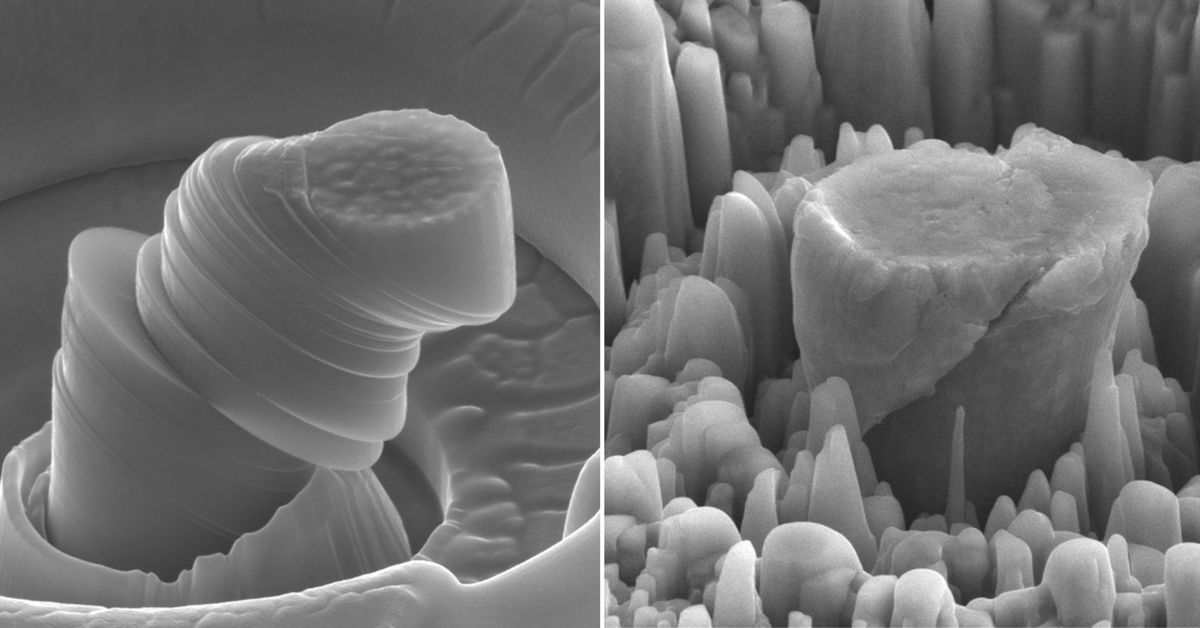
Remember NEC's LaVie Z Ultrabook we first heard about at Computex? It's a super light (875g / 1.93 lbs) and thin (15mm / 0.59-inch) magnesium alloy system running Windows 7 that's only available in Japan and we just spotted it here at IDF 2012 in San Francisco. Spec-wise you're looking at a 1.9GHz third-generation (Ivy Bridge) Core i7 CPU, 4GB RAM, 128GB SSD with integrated Intel HD 4000 GPU driving a 13.3-inch 1600x900-pixel display. It features an SD card slot on the left side, audio, USB 2.0, USB 3.0, HDMI and power connectors on the right edge and the obligatory webcam.
We spent a few minutes using the LaVie Z and were quite impressed with how lightweight and well made it is. It feels like a premium Ultrabook yet still looks unique -- unlike the plethora of me-too designs the PC industry's been dumping on the market lately (yes, we're looking at you, HP). The screen is nice and bright with decent viewing angles. NEC's done a good job with the button-less trackpad which is properly responsive. Sadly the keyboard is a bit of a mixed bag -- the short travel and small surface area of the individual keys will be an issue for some. Want to know more? Check out the gallery below and hit the break for our hands-on video.
Continue reading Spotted at IDF: NEC's lightweight LaVie Z Ultrabook (hands-on video)
Filed under: Laptops
Spotted at IDF: NEC's lightweight LaVie Z Ultrabook (hands-on video) originally appeared on Engadget on Tue, 11 Sep 2012 18:30:00 EDT. Please see our terms for use of feeds.
Permalink | |
Email this |
Comments
 Scientists at UCLA have found a new way to inject silicon carbide nanoparticles into a molten alloy of magnesium and zinc, resulting a metal nanocomposite that demonstrates "record levels" of stiffness-to-weight and specific strength, and "superior s...
Scientists at UCLA have found a new way to inject silicon carbide nanoparticles into a molten alloy of magnesium and zinc, resulting a metal nanocomposite that demonstrates "record levels" of stiffness-to-weight and specific strength, and "superior s...
 Scientists at UCLA have found a new way to inject silicon carbide nanoparticles into a molten alloy of magnesium and zinc, resulting a metal nanocomposite that demonstrates "record levels" of stiffness-to-weight and specific strength, and "superior s...
Scientists at UCLA have found a new way to inject silicon carbide nanoparticles into a molten alloy of magnesium and zinc, resulting a metal nanocomposite that demonstrates "record levels" of stiffness-to-weight and specific strength, and "superior s...
 Recent history has taught us we can't expect our smartphones to last more than a day on a single charge. Bigger batteries are an uninspired solution and fast-charging a minor consolation, so it's no wonder researchers and companies alike are trying t...
Recent history has taught us we can't expect our smartphones to last more than a day on a single charge. Bigger batteries are an uninspired solution and fast-charging a minor consolation, so it's no wonder researchers and companies alike are trying t...










